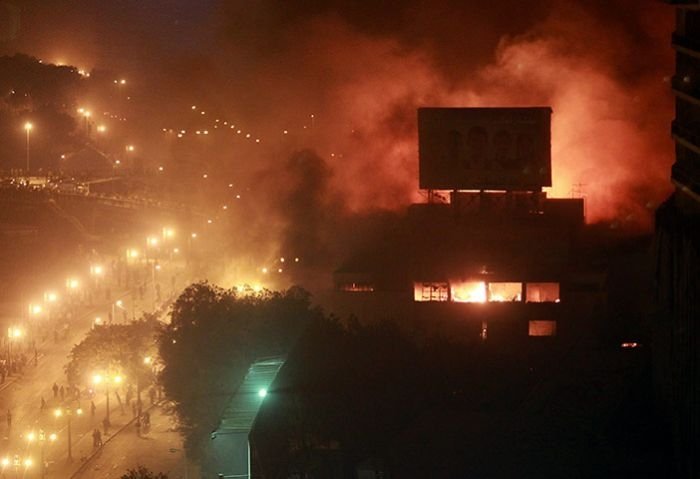|
|
The 2011 Egyptian Protests
|
Economic climate
Egypt's economy was highly centralized during the rule of former President Gamal Abdel Nasser but opened up considerably under former President Anwar Sadat and current President Mohamed Hosni Mubarak. Cairo from 2004 to 2008 aggressively pursued economic reforms to attract foreign investment and facilitate GDP growth, but postponed further economic reforms because of global economic turmoil. The international economic downturn slowed Egypt's GDP growth to 4.5% in 2009, predominately affecting export-oriented sectors, including manufacturing and tourism. Unemployment was rising. In 2009 the government implemented a $2.7 billion stimulus package favoring infrastructure projects and export subsidies, and considered up to $3.3 billion in additional stimulus spending in 2010 to mitigate the slowdown in economic growth. At the beginning of 2010, analysts assessed the government of Prime Minister Ahmed Nazif would need to restart economic reforms to attract foreign investment, boost growth, and improve economic conditions for the broader population. Despite high levels of economic growth over the past few years, living conditions for the average Egyptian remained poor.
It was reported that by late 2010 around 40% of Egypt's population of just under 80 million live on the fiscal income equivalent of roughly USD2 per day. A large part of the population also relies on subsidised goods.
|
|









